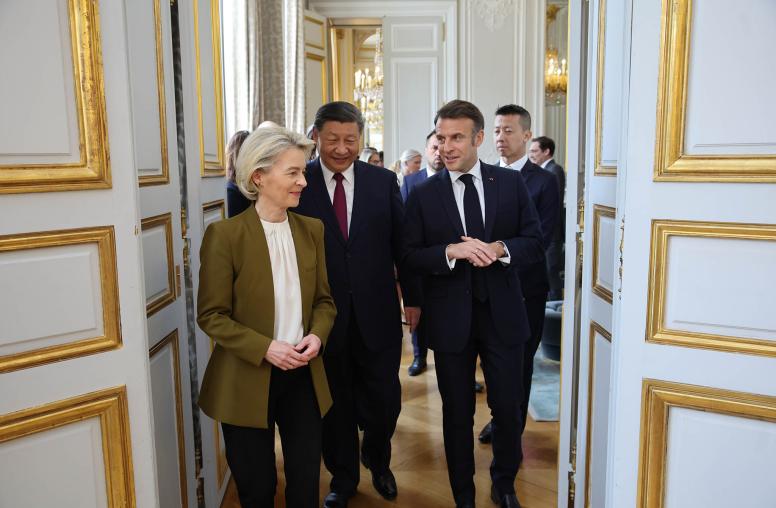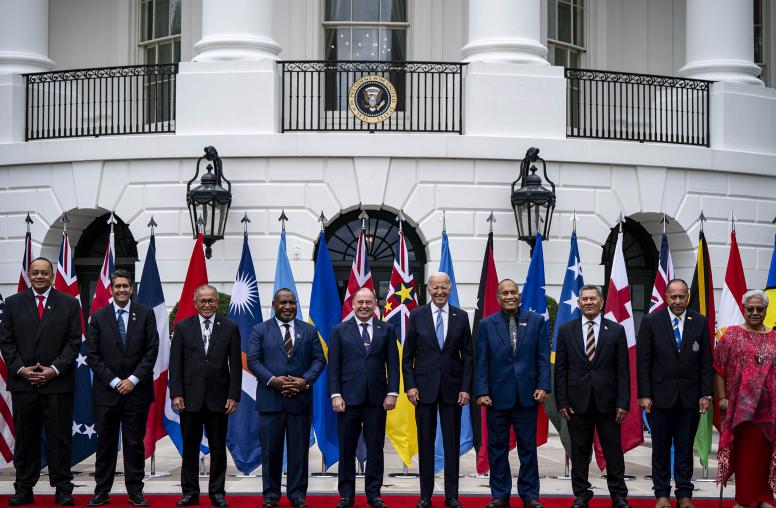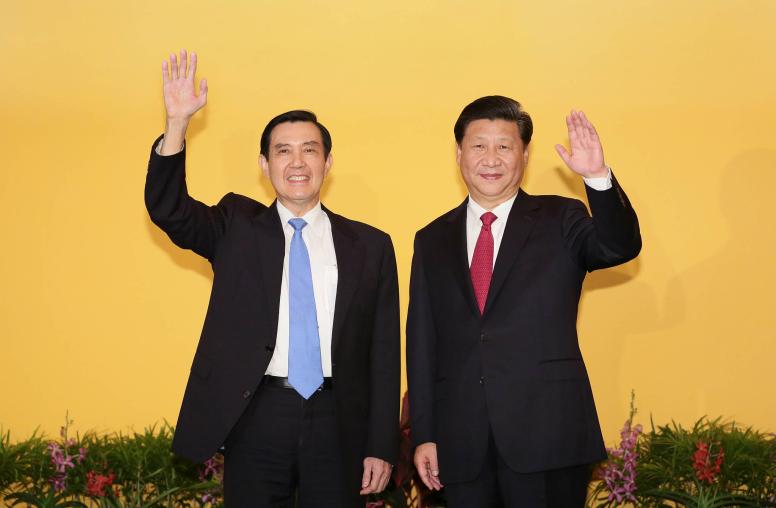The Indo-Pacific Strategy in Action: Commemorating the Second Anniversary
As the most dynamic and fastest-growing region on earth, the Indo-Pacific is a leading priority for U.S. foreign policy and essential to global security and prosperity. In 2022, the United States inaugurated its Indo-Pacific Strategy, which lays out a shared vision for a free and open region that is more connected, prosperous, secure and resilient. Over the past two years, the United States has continually worked alongside partners, allies and friends in the Indo-Pacific to implement this landmark strategy, achieve significant economic and diplomatic milestones, and deliver tangible benefits for the region and its people.
On February 15, USIP, in collaboration with the U.S. State Department, hosted a conversation on the economic components of the Indo-Pacific Strategy, the strategic alliances formed under this framework, and the milestones achieved since its inaugural date.
Continue the conversation on social media using the hashtags #USIndoPacific and #IndoPacificStrategy.
Speakers
Lise Grande
President and CEO, U.S. Institute of Peace
Dr. Mira Rapp-Hooper
Special Assistant to the President and Senior Director for East Asia and Oceania, U.S. National Security Council
Assistant Secretary Donald Lu
Assistant Secretary of State for South and Central Asian Affairs
Assistant Secretary Dr. Ely Ratner
Assistant Secretary of Defense for Indo-Pacific Security Affairs
Deputy Assistant Secretary Camille Dawson
Deputy Assistant Secretary of State for East Asian and Pacific Affairs
Vikram Singh, moderator
Senior Advisor, South Asia, U.S. Institute of Peace



